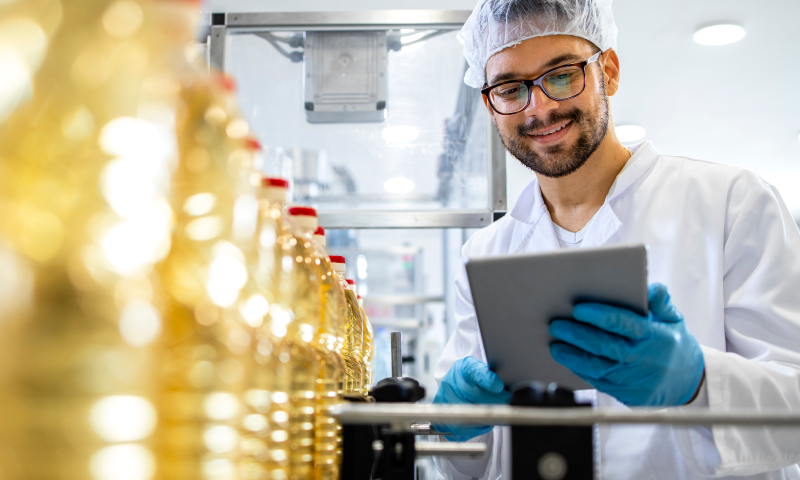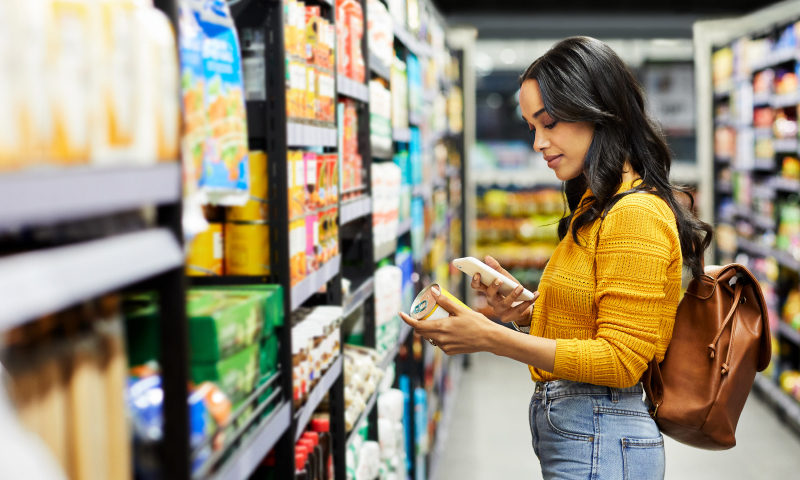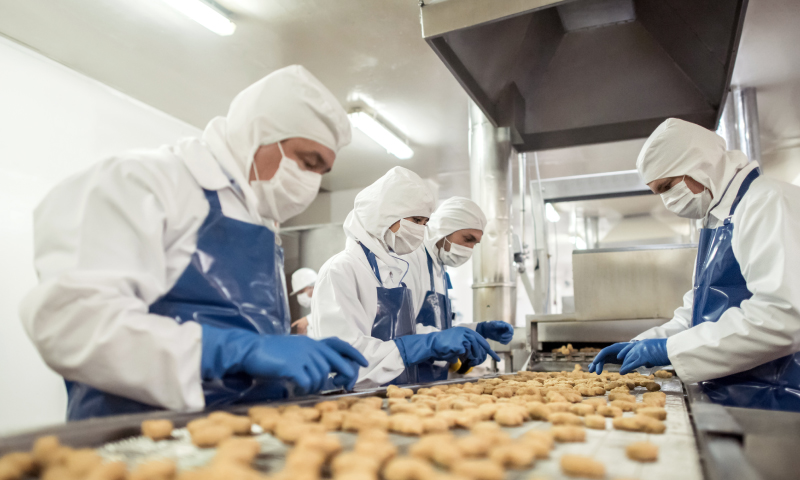24 January 2023
In the run up to the busiest trading season for food and drink manufacturers, exports reached £2.289bn in November 2022, 16% higher than in November 2021 (£1.974bn). This latest monthly increase brings welcome news for the industry, highlighting the strength of the UK export market as overseas demand continues to accelerate.
UK exports of food and drink reached a cumulative record high of 22.5bn in November 2022, a year-on-year increase of 22%. While early 2021 exports were heavily impacted by the UK’s withdrawal from the EU, it remains hugely encouraging to see exports significantly up on pre pandemic levels and this is testament to the new international relationships gained by the industry over the past 4 years.
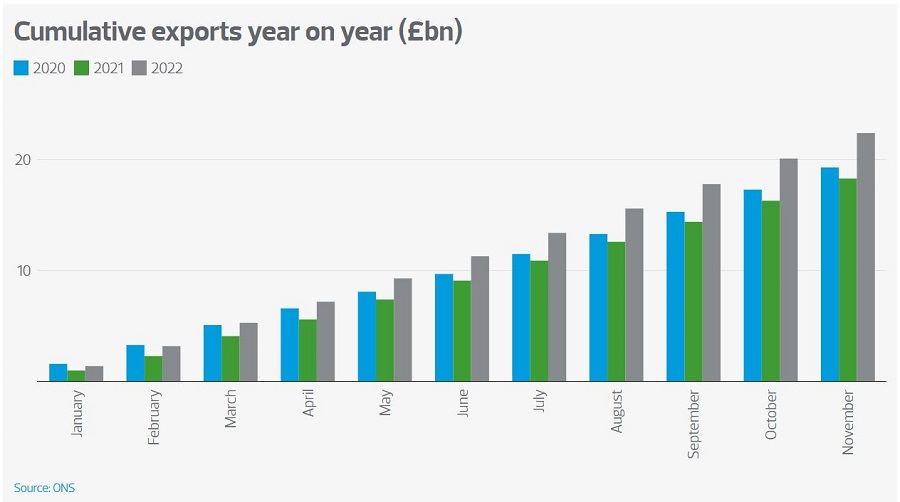
Financial support for the sector
With the Treasury also unveiling its new £5.5bn ‘Energy Bills Discount Scheme’, which will run from 1 April 2023 to 31 March 2024, food and drink manufacturers can enter 2023 a little more optimistically, in the knowledge that extra financial support is available to navigate higher energy bills. This relief will help to protect businesses and their supply chains from soaring energy costs and slow down inflation in the long run. As such, consumers will also benefit from the scheme, as manufacturers will be under less pressure to pass on costs, keeping everyday food and drink prices at more manageable levels which is critical in the current economic climate. Looking ahead to 2023, perhaps towards the middle of the year, food and drink manufacturers will be able to start considering long-term growth strategies, rather than just keeping their heads above water, which has been an ongoing challenge throughout 2022.
Has food and non-alcoholic drinks inflation peaked?
All of that said, inflation and the cost-of-living-crisis remain a real issue, with business margins, sector investment and consumer spending all impacted by food and non-alcoholic drinks inflation hitting a new record high for December of 16.8%. There are signs though, that the peak is close as global prices of key commodities such as wheat are now back to similar levels seen before Russia’s invasion of Ukraine – albeit this still leaves wheat prices up by close to 40 per cent on pre pandemic levels.
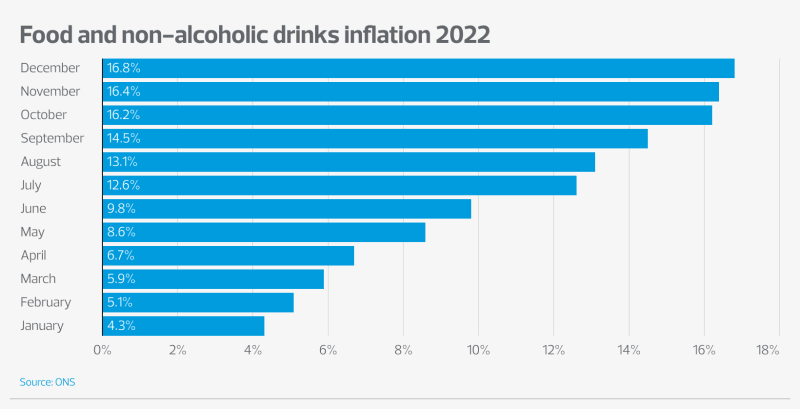
What next for government?
With exports continuing to be in high demand as a result of expansion in non-European markets, the government should look to expand on their energy support package by introducing seasonal policies for EU migrant labour. This extra resource would enable businesses to strengthen their supply chains, maintain production levels and explore new trading opportunities.


.jpg)

